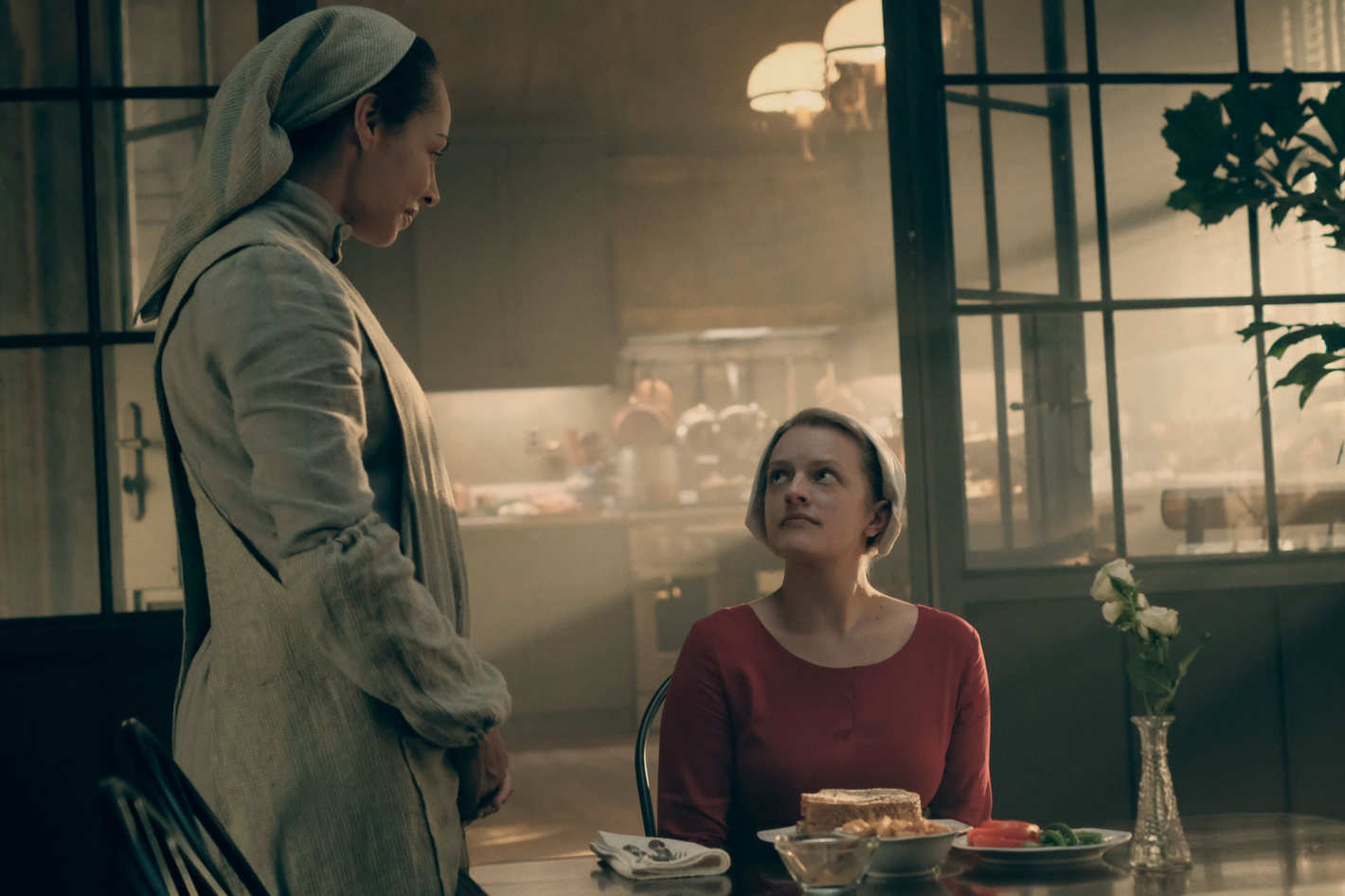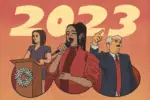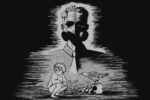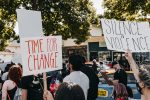In “The Last Ceremony,” the most recent episode of TV show “The Handmaid’s Tale,” a disturbing scene unfolds on the screen. In the show’s first episode, Gilean government officials separate June and her daughter, Hannah, away from each other, and “The Last Ceremony” sees them reunite, if only for 10 minutes.
What might, at first thought, be a happy reunion between mother and daughter ends up being painful in more ways than one: Hannah is resentful, and 10 minutes turns out to be far too short for June to impart all the wisdom upon her daughter that she might wish to.
“Did you try to find me?” Hannah asks her mother, as June grapples with the loss of her daughter and the subsequent realization that Hannah isn’t acting the way she thought she would be.
“I’m so sorry I couldn’t be there for you,” June replies. “To protect you. I wanted to.”
As if all that didn’t make the scene painful enough to watch, the sequence of events also bears an eerie similarity to the current situation at the southern United States border.
“The Handmaid’s Tale” is known in part for its timely political storylines. In President Trump’s America, the oppression that women face in the show is becoming more relevant in the lives of many. At the end of the day, however, it is just a television show. You can take comfort in the fact that the horrors that take place in “The Handmaid’s Tale” are only mere projections of what might happen in America if all of everyone’s worst nightmares came true. Which usually doesn’t seem very likely.
https://www.youtube.com/watch?v=sU9tLLZdafk
The mother/daughter reunion scene in “The Handmaid’s Tale,” on the other end, feels all too real. When the show’s writer, Yahlin Chang, wrote the scene, Trump’s Zero Tolerance immigration rule and child separation policies had not yet gone into effect.
“I did a ton of research for this scene,” said Chang to The Hollywood Reporter. “I talked to social workers and psychologists and resident experts at the UN about what would really happen [in the event of such a separation]. Now, it doesn’t seem so uncommon, but at the time that I wrote [the episode] many, many months ago, I was surprised to realize that this scene happens all the time, because mothers and children are often separated either because of war time or because the child is taken away from the mother because it’s an unsafe home.”
Now that everyone knows exactly what is happening at the border, and that around 2,000 children have been removed from their families, the scene takes on an additional depth. This episode of “The Handmaid’s Tale” provides a clear visual of the unimaginable pain the government’s policies put on immigrant families by separating children from their parents — for both the adults and the kids.
Since the episode has come out and Trump’s immigration policies have been revealed, Chang has spoken to the parallels between fact and fiction.
”It’s terrible and uncanny,” she said to THR. ”Someone was saying, ‘What do you hope people take away from this episode?’ I said, ‘That it’s really wrong to rip mothers and children apart, rip children away from their mothers…’ Sometimes, you have to show it to show how wrong it is.”
It’s certainly time for Trump and his administration to rethink their policies when the regulations reflect so clearly the horrific storyline of a dystopian television show.

















